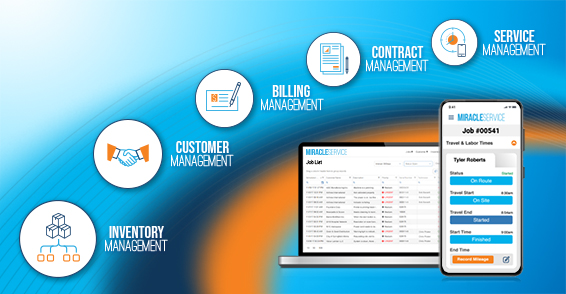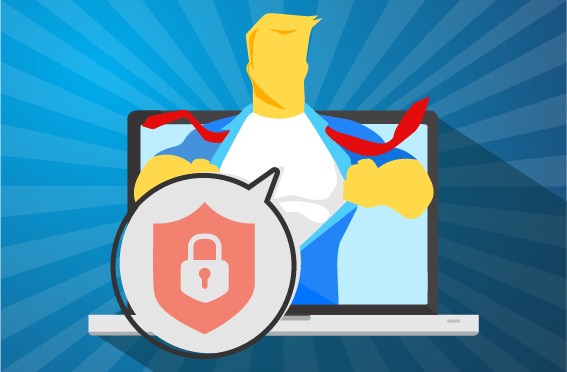
A New Way to Manage Your Business
December 2, 2024
Upgrade to Miracle Service Version 10.3.0.0.
January 1, 2025The Surge in Global Ransomware Attacks: 715% Increase in 2025
A ransomware or malware attack is a malicious software that prevents users from accessing their files; the attacker will demand a ransom payment in order for the user to regain access.
Common Methods Used in Ransomware Attacks
Email Attachments and Links as Primary Attack Vectors
Sophos, an IT security company, conducted a study across 26 countries with 5000 IT managers on the State of Ransomware in 2025. The study determined that attackers use a variety of methods to enter a network until they find a weak spot, but the most popular methods are through email attachments and links (29%), or through a remote server (21%).
Other Common Ransomware Entry Points
Other entry points include: the cloud, a remote desktop protocol, a third-party working with the organization, and a USB or removable disc.
Also Read: Miracle Service Version 11 Upgrade Now Available
The Cost of Ransomware Attacks
Financial Impact of Paying vs. Not Paying the Ranso
A ransom attack is costly whether the ransom is paid or isn’t. The average cost for organizations who didn’t pay the ransom is US$732,520 to restore data, while organizations who do pay the ransom usually spend US$1,448,458 on top of restoring data.
The Rise of Ransomware Attacks During the Pandemic
Pandemic Fears Fuel a Surge in Ransomware Attacks
This year, the coronavirus threats are the new theme. According to Bitdefender’s Mid-Year Threat Landscape Report 2025, global ransomware reports increased by 715%, suggesting attackers are capitalizing on pandemic fears and weak spots in work-from-home networks.
Also Read: Top 5 Benefits of using Certificate Management Software
How to Protect Your Network from Ransomware Attacks
The Importance of a Strong Back-Up Strategy
Having assisted a number of customers recover from serious ransomware attacks, the best way to protect your network from the increasing risk in 2025 is with a strong back-up strategy.
The 3-2-1 Backup Strategy for Data Protection
We recommend companies follow the 3-2-1 backup strategy. This means keeping three copies of your data, two of which are on-site but on different mediums, and at least one copy off-site.
Best Practices for On-Site and Off-Site Back-Up Storage
On-Site Backup Options: NAS, External Drives, and Backup Servers
There are a variety of options available for holding your on-site backup storage. Depending on the amount of storage, you can look at anything from a Network-Attached Storage (NAS) to an external hard drive to a second backup server.
Off-Site Backup: Portable vs. Cloud Storage
For holding your off-site back-up storage, there are two primary methods:
- Portable Storage: Using portable storage is a simple way to make sure your critical data is protected. Portable storage can be a tape, disk, or USB. The amount of data will drive the need to do one or the other method. However, with USB drive sizes growing, this may be one of the better options.
- Cloud Storage: Using cloud storage is becoming an increasingly popular approach. Although this approach comes with a monthly cost, many major players offer cloud storage at reasonable rates. Additionally, you can automate the cloud today and perform multiple backups throughout the day if necessary. Your bandwidth to upload data is the main drawback of this method.
Also Read: Top 5 Benefits of using Certificate Management Software
Prepare Your Business for a Ransomware Attack with a Strong Backup Strategy
Every business will experience a ransomware attack at some point, and every business can survive it if they have a strong backup strategy in place, so don’t wait to invest in one.



